

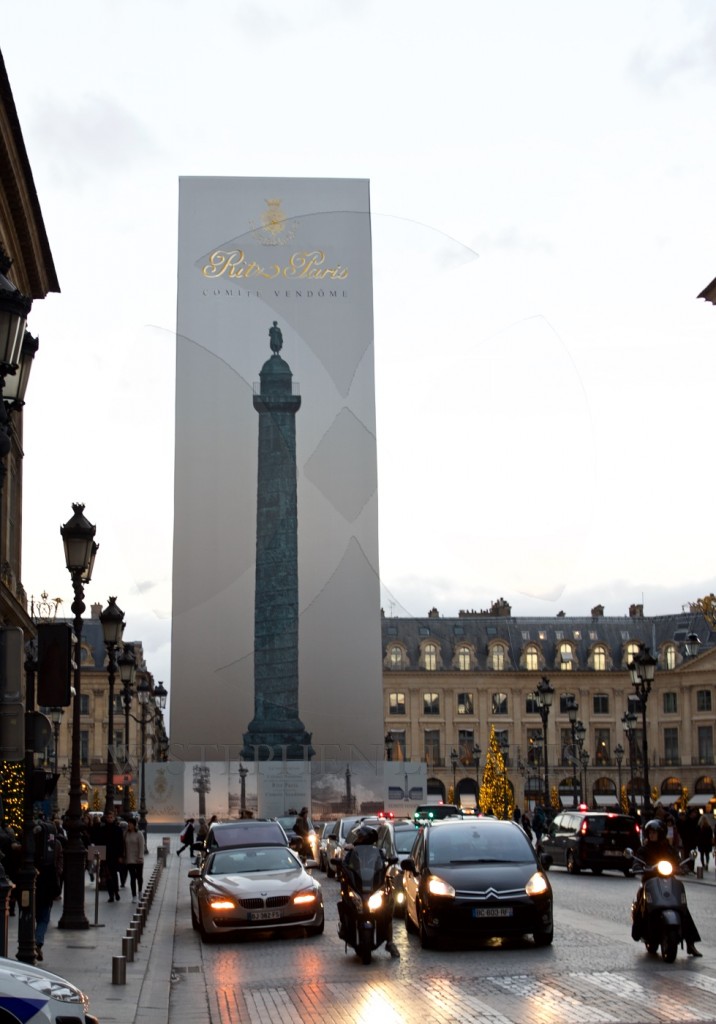
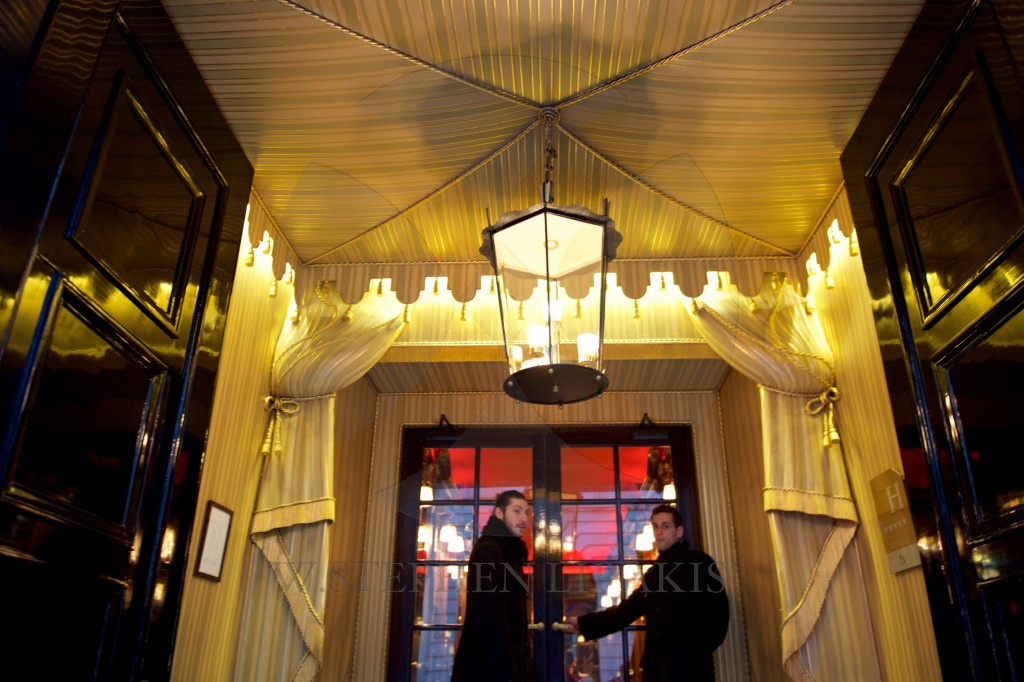
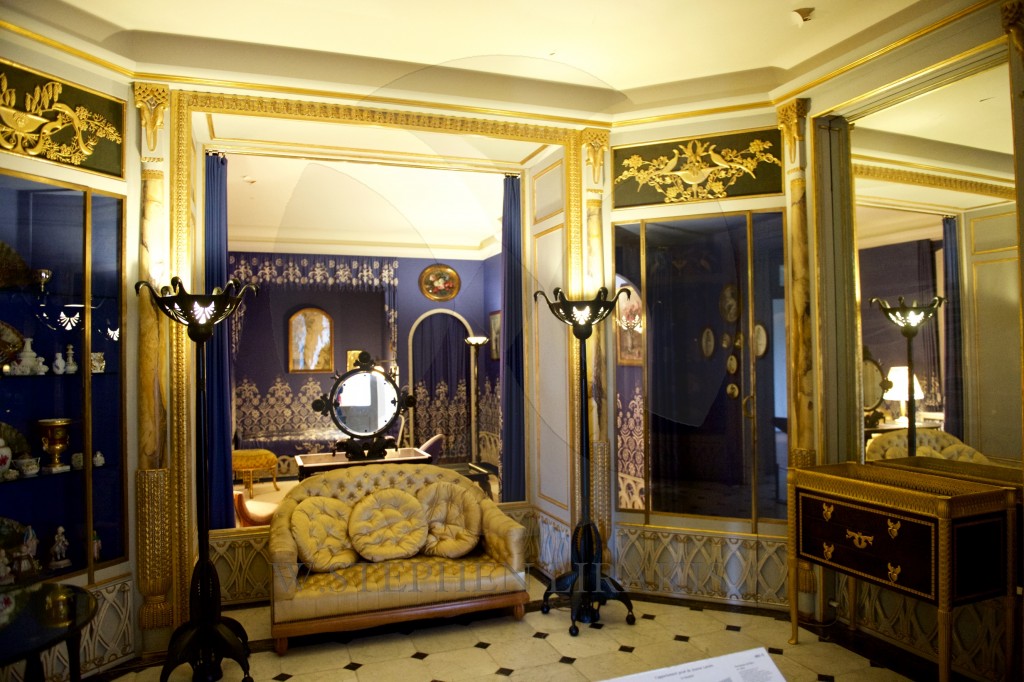
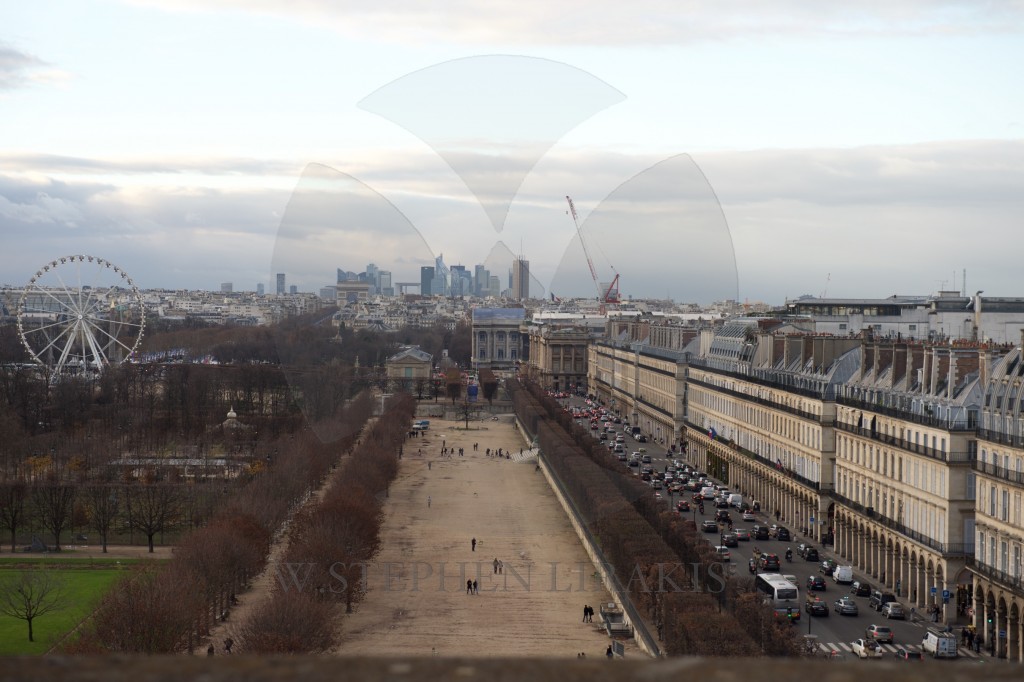
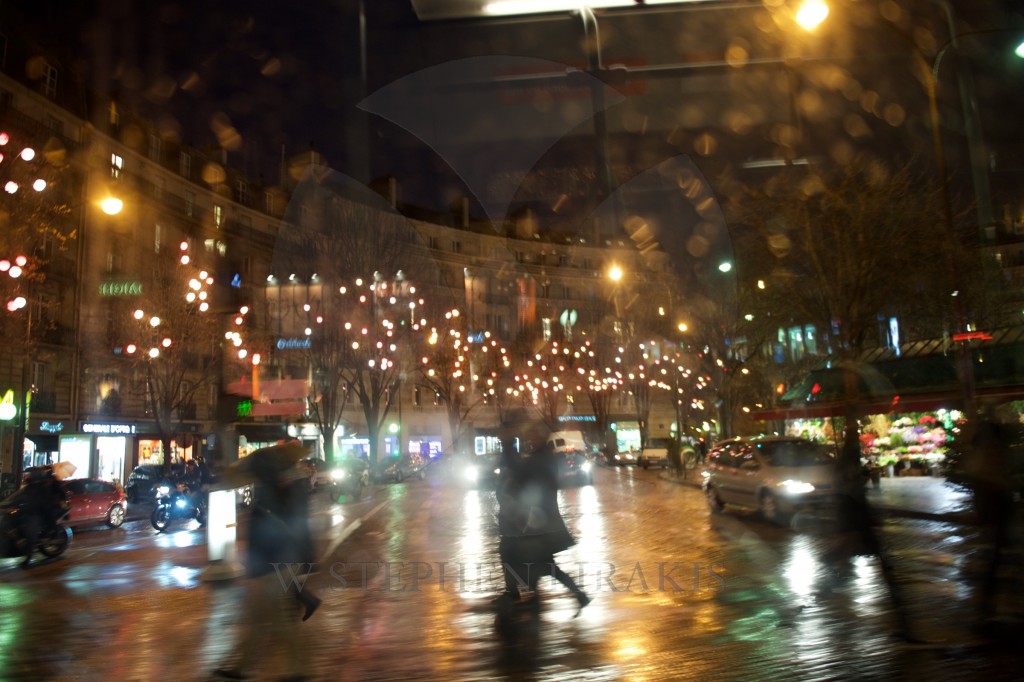


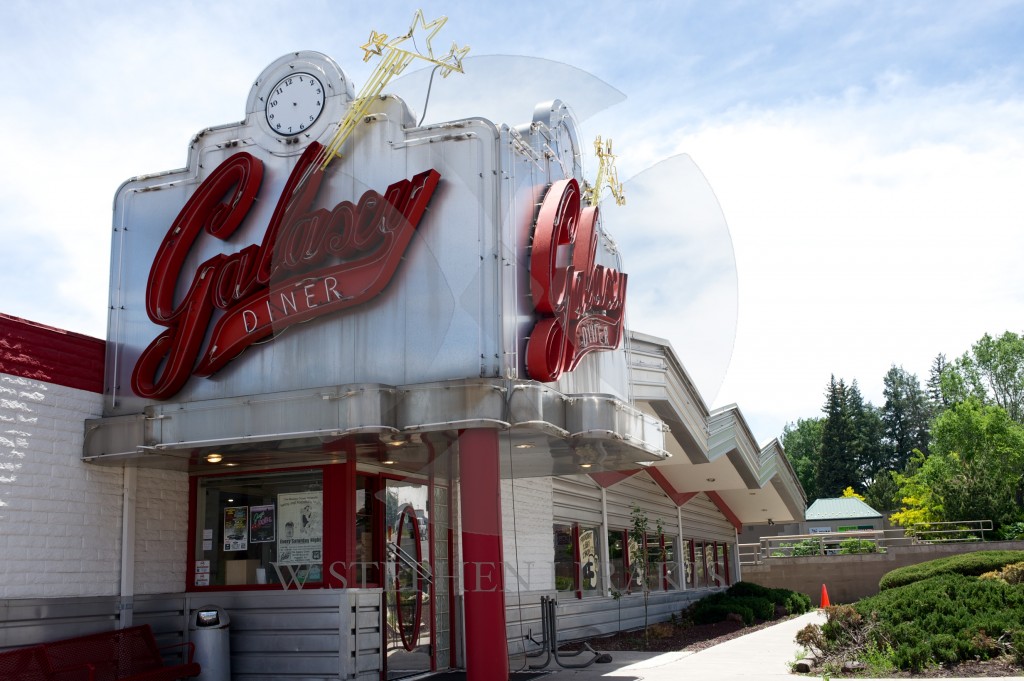
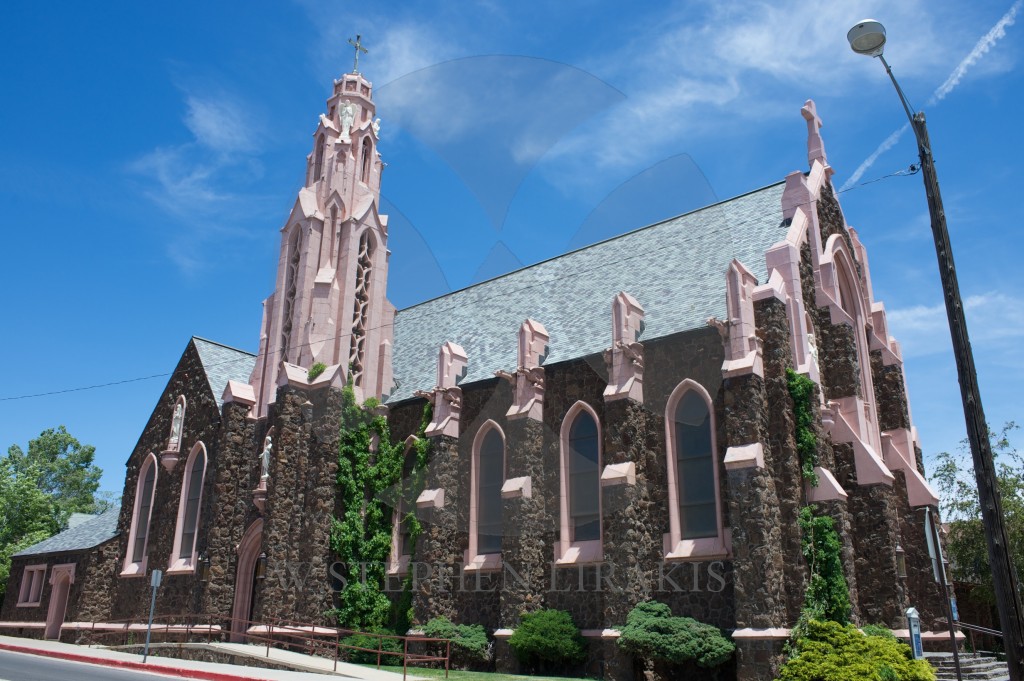


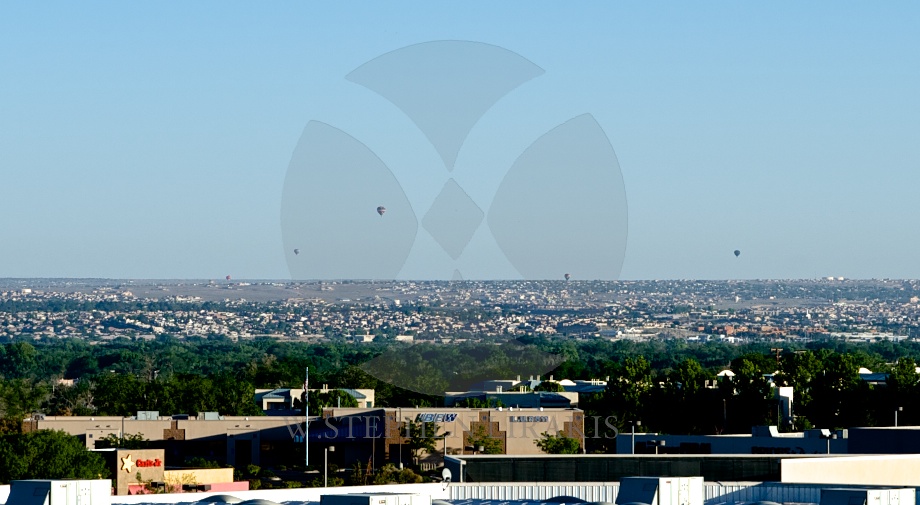
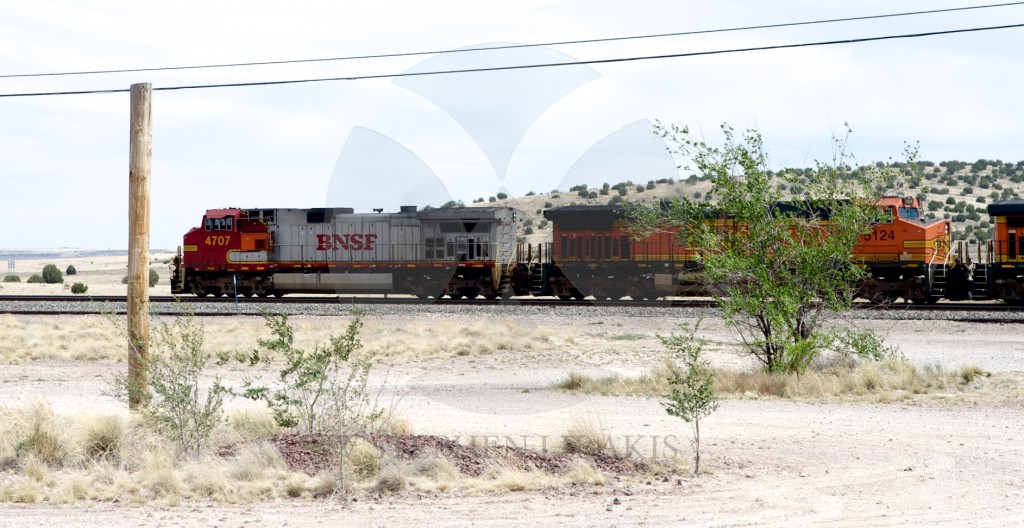
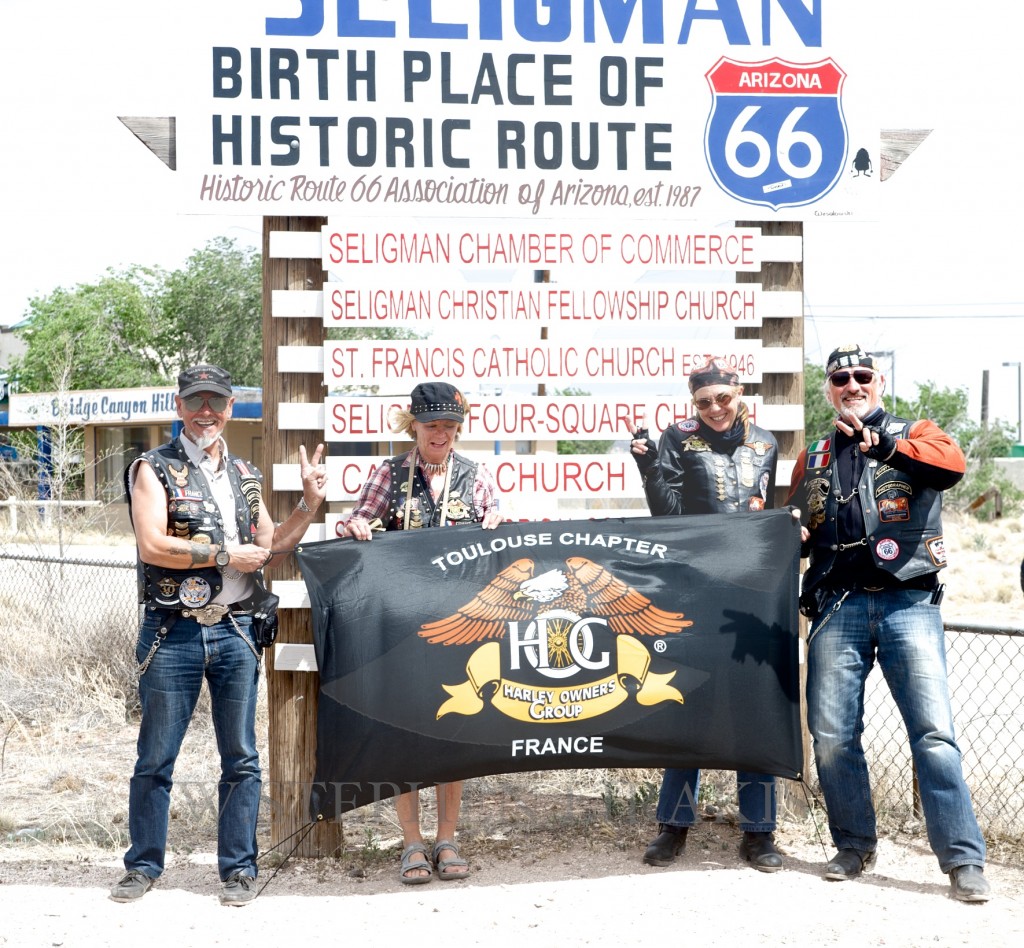
I never imagined continuing on Route 66; but there are stories still there; of people and places that are overlooked if you stay on the 40.
(CNN) — There’s no way for us to know exactly what happened some 13.8 billion years ago, when our universe burst onto the scene. But scientists announced Monday a breakthrough in understanding how our world as we know it came to be.
If the discovery holds up to scrutiny, it’s evidence of how the universe rapidly expanded less than a trillionth of a second after the Big Bang.
“It teaches us something crucial about how our universe began,” said Sean Carroll, a physicist at California Institute of Technology, who was not involved in the study. “It’s an amazing achievement that we humans, doing science systematically for just a few hundred years, can extend our understanding that far.”
What’s more, researchers discovered direct evidence for the first time of what Albert Einstein predicted in his general theory of relativity: Gravitational waves.
These are essentially ripples in space-time, which have been thought of as the “first tremors of the Big Bang,” according to the Harvard-Smithsonian Center for Astrophysics.
A telescope at the South Pole called BICEP2 — Background Imaging of Cosmic Extragalactic Polarization 2 — was critical to the discovery. The telescope allowed scientists to analyze the polarization of light left over from the early universe, leading to Monday’s landmark announcement.
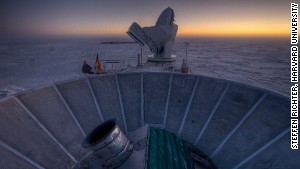
How inflation works
Scientists use the word “inflation” to describe how the universe rapidly expanded after the Big Bang in a ripping-apart of space. The BICEP2 results are the “smoking gun for inflation,” Marc Kamionkowski, professor of physics and astronomy, said at a news conference. Kamionkowski also was not involved in the project.
“Inflation is the theory about the ‘bang’ of Big Bang,” said Chao-Lin Kuo, an assistant professor of physics at Stanford and SLAC National Accelerator Laboratory, and a co-leader of the BICEP2 collaboration, in a Stanford video. “It explains why we have all this stuff in the universe.”
Imagine that you are making a raisin bun, said Stanford physicist Kent Irwin, who worked on sensors and readout systems used in the experiment. As the dough bakes and expands, the distance from any given raisin to another increases.
“Certainly everything in the universe that we see now, at one time before inflation, was smaller than an electron,” Irwin said. “And then it expanded during inflation at faster than the speed of light.”
You may have learned in physics class that light sets the universe’s speed limit, but space-time is an exception; it can stretch faster than the speed of light, Irwin said.
Stanford University professor Andrei Linde, who helped develop the current inflation theory, said the new results are something he had hoped to see for 30 years.
“If this is true, this is a moment of understanding of nature of such a magnitude that it just overwhelms and let’s just hope that it’s not a trick,” Linde said in a university video interview.
Another cool tidbit: Inflation can be used in theories that suggest the existence of multiple universes, Irwin said, although these results do not directly address such theories.
What are gravitational waves?
Scientists believe that in the fabric of space-time, there are tiny ripples called quantum fluctuations. If you could look at space-time on the smallest scale possible, you would, in theory, see them, even today. Unfortunately, no microscope is capable of seeing something that small.
Such fluctuations also existed at the beginning of the universe. Inflation blew them up much larger, launching gravitational waves that we now see imprinted on the cosmic microwave background. “These gravitational waves are an aftershock of the Big Bang,” he said. The BICEP2 study is the first to image them directly.
“We have for the first time a detection for the mythical gravity wave signal that people have been searching for so hard, for so long,” said Clem Pryke, associate professor at the University of Minnesota, at a press conference Monday.
Other experiments such as LIGO — Caltech’s Laser Interferometer Gravitational Wave Observatory — are also looking for proof of gravitational waves, but in the context of energetic cosmic phenomena such as coalescing black holes.
The gravitational waves suggested by the BICEP2 results would have expanded across the entire universe at that time, Irwin said. The length of one of these waves — the distance between peaks and troughs — would have been billions of light years across.
Light from the early universe, called cosmic microwave background radiation, reveals these telltale signs of our universe’s history. Last year, scientists from the European Space Agency’s Planck space telescope released a detailed map of temperature variations in this light, which came from from about 380,000 years after the Big Bang
Researchers were looking for a specific type of polarization called “B-modes,” which signify a curling pattern in the polarized orientations of light from the ancient universe, said Jamie Bock, co-leader of the BICEP2 collaboration and professor of physics at California Institute of Technology.
In theory, this swirling polarization pattern could only be created from gravitational waves. And that is what BICEP2 found.
“It’s a very clean signature of those gravity waves,” Irwin said.
Is it for real?
Because of how potentially important these results are, they must be viewed with skepticism, said David Spergel, professor of astrophysics at Princeton University. The measurement is a very difficult one to make and could easily be contaminated. There are, as it stands, some “oddities” in the results that could be concerning, he said.
“I am looking forward to seeing these results confirmed or refuted by other experiments in the next year or two,” Spergel said.
The Planck space telescope collaboration is expected to release results on polarization of the cosmic microwave background as well, Irwin said. Other experiments are working toward similar goals, which could support or go against BICEP2.
Regardless, Monday’s announcement is making big waves in the scientific community.
After 2 1/2 months of sub-zero weather, yesterday and today temperatures hovered near 50 degrees. You would have thought it was the first day of summer, it seemed as though there was a pent up energy, cabin fever we used to call it. Just look at the traffic going to Cape Cod.
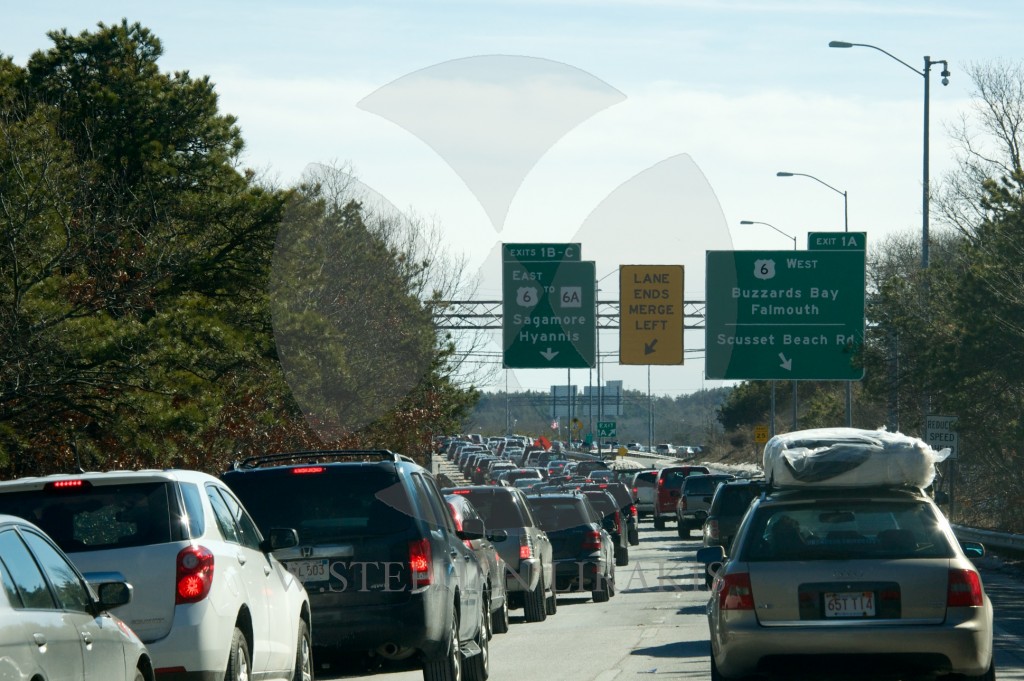
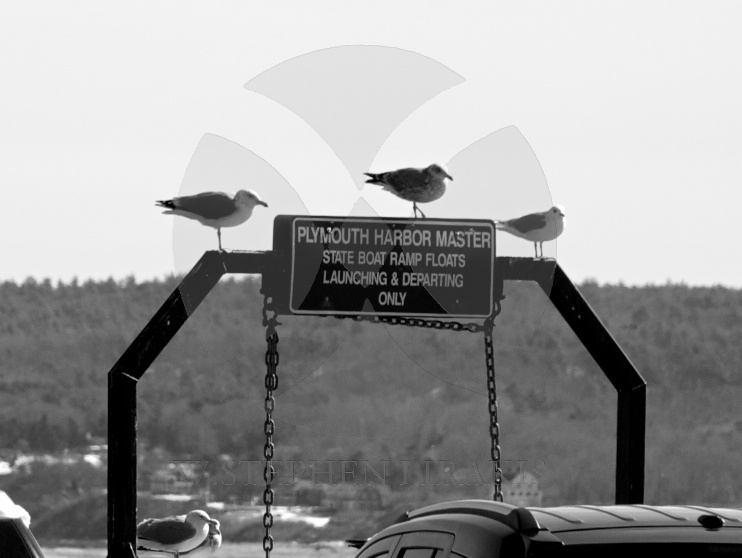
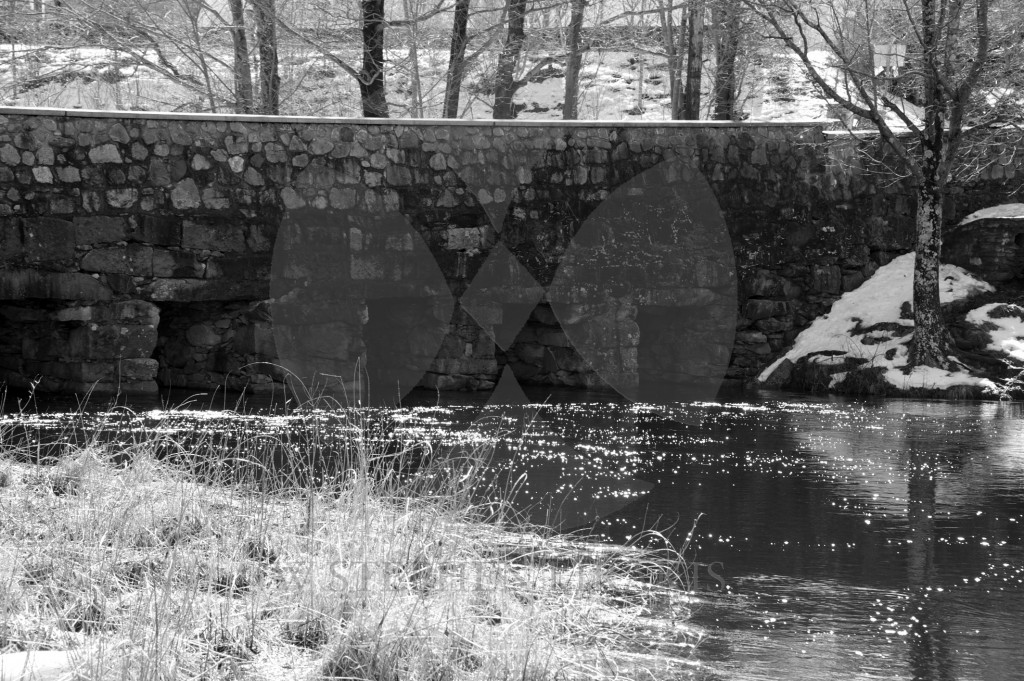
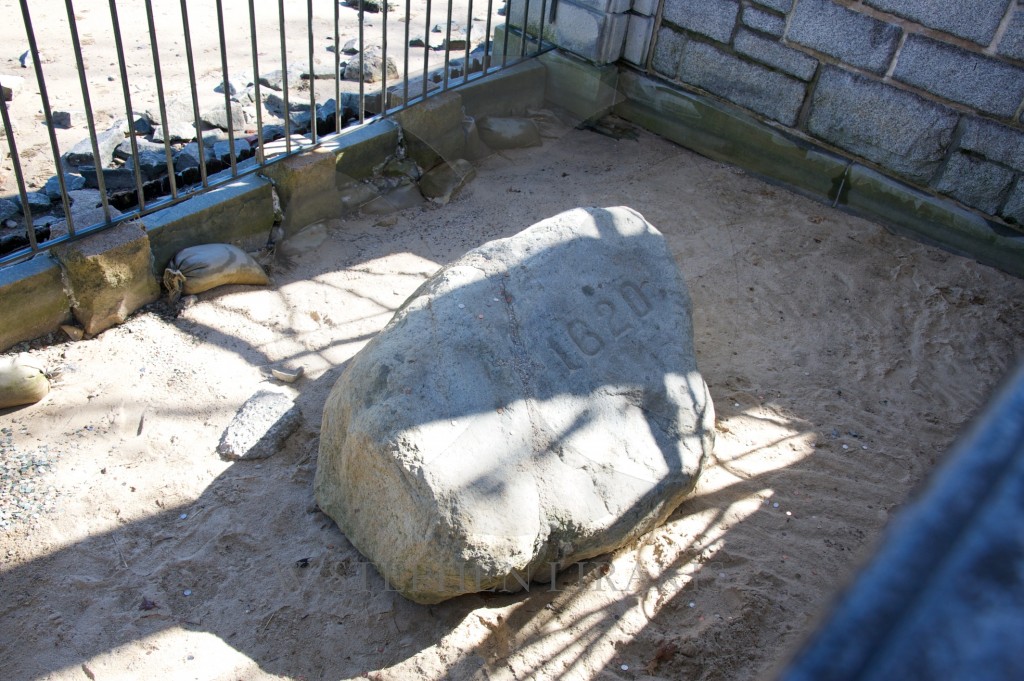
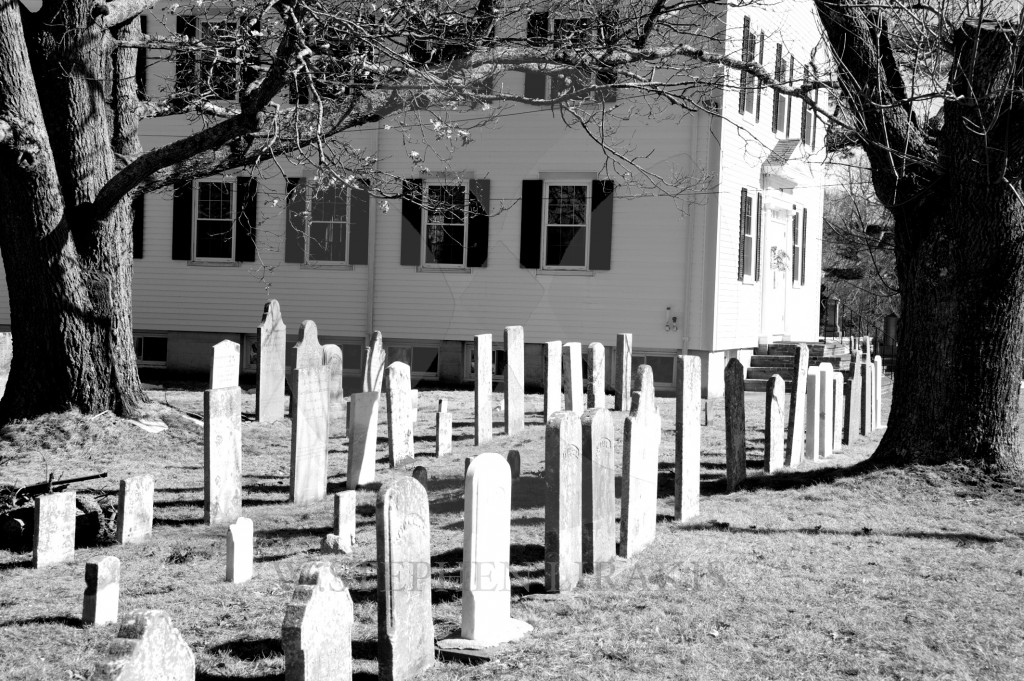
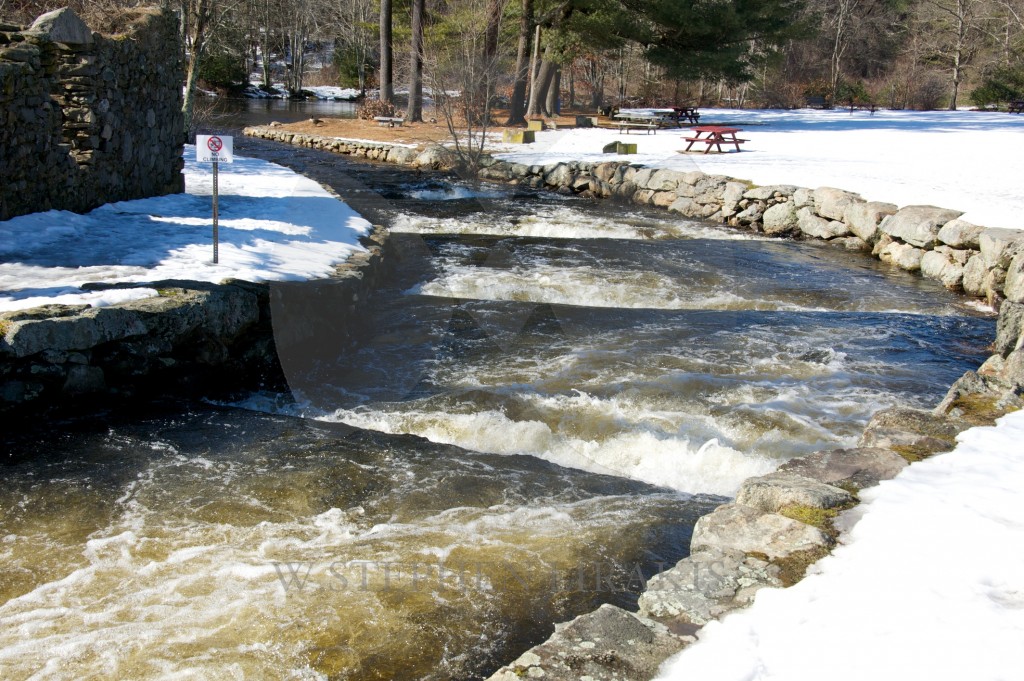
Charlie Enright has succeeded in launching a team for the next version of the VOLVO OCEAN RACE.
Wishing the team all the best.
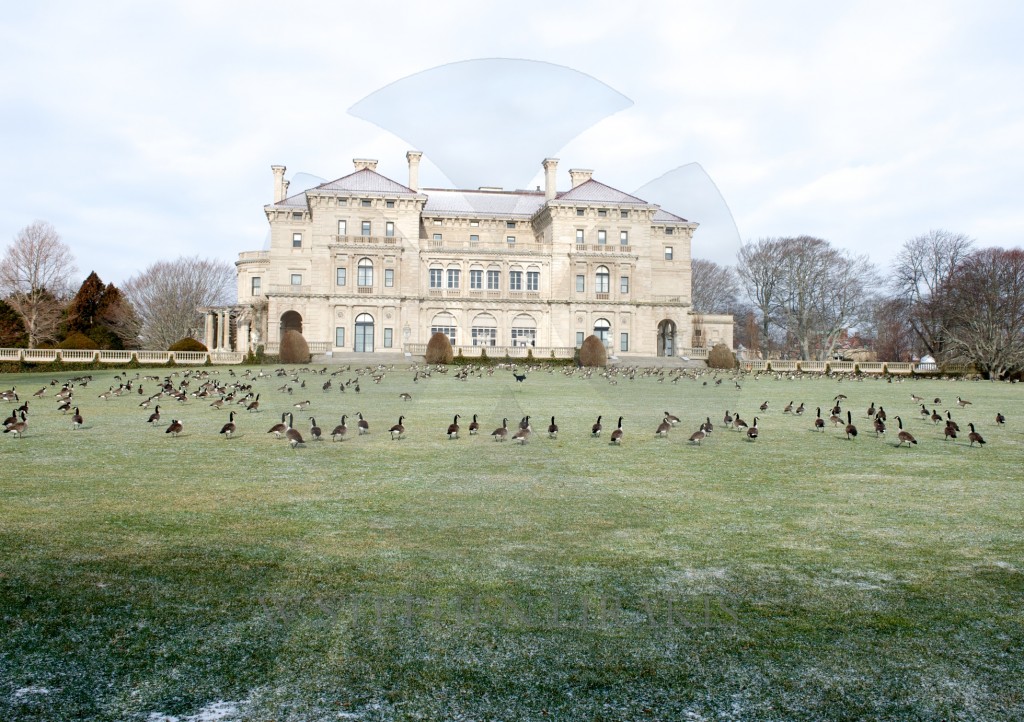
Monday evening, January 27th, the Zoning Board of Review of Newport Rhode Island will review the New Historic District Commission’s decision which would not allow the visitor’s center to be built on the property of the Breakers. The Zoning Board will review the decision as to whether or not the law was applied as written.
This has been a continuing heated issue in Newport. I cannot see how building this Visitor’s Center on the Breakers property is consistent with the Mission of the Preservation Society.
The Capetown to Rio race has historically been long and slow; generally a light air race. The 2014 race is proving to be anything but that. A number of boats from the 34 starters have withdrawn and one crew has died.
Maserati, the former volvo 70 was built for these conditions.
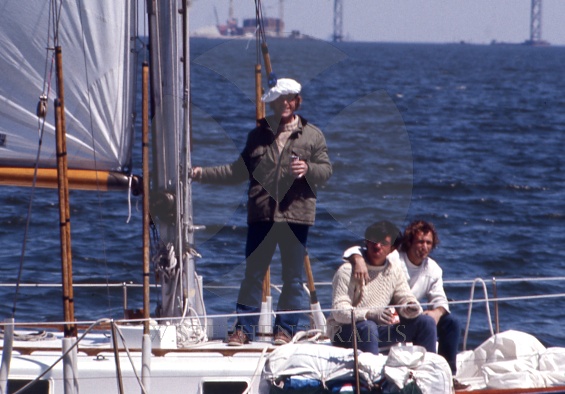
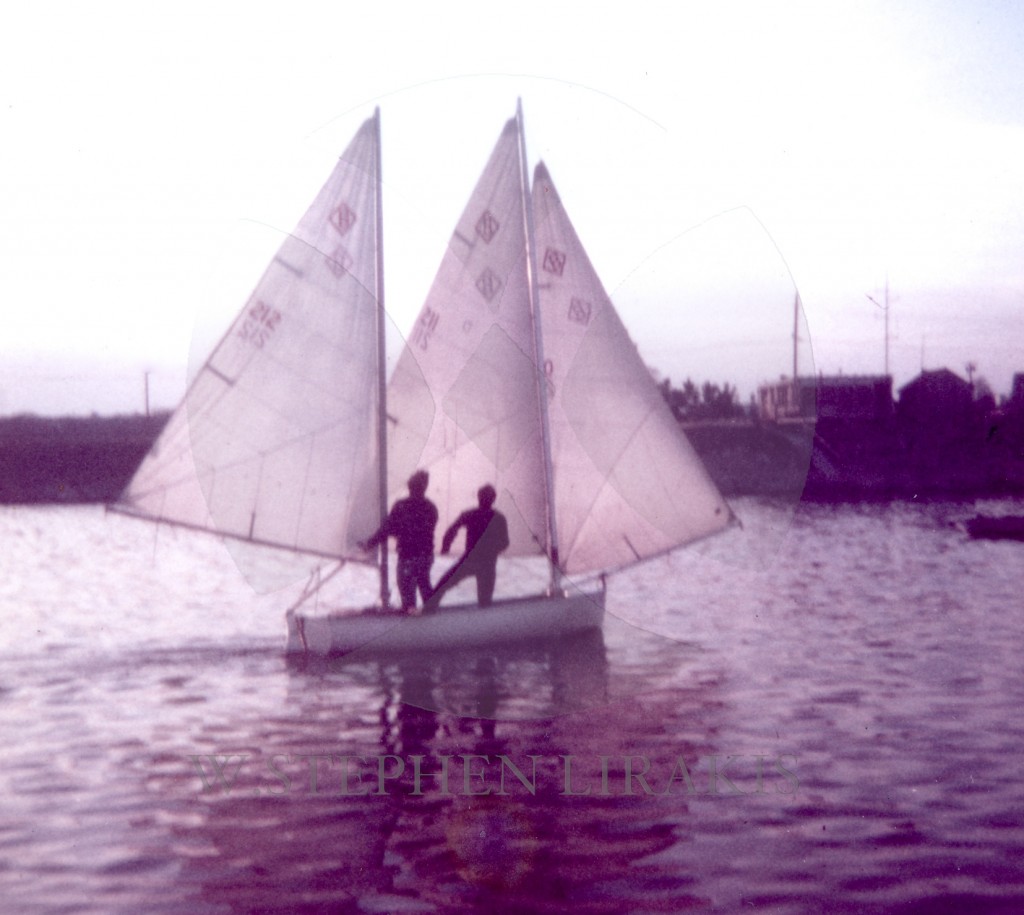
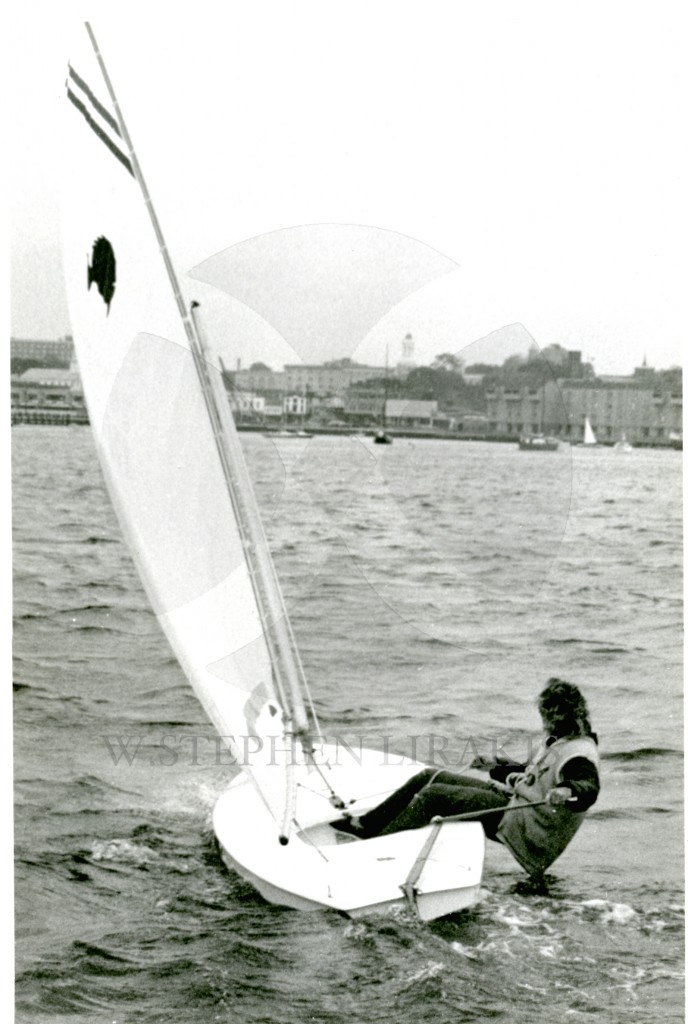
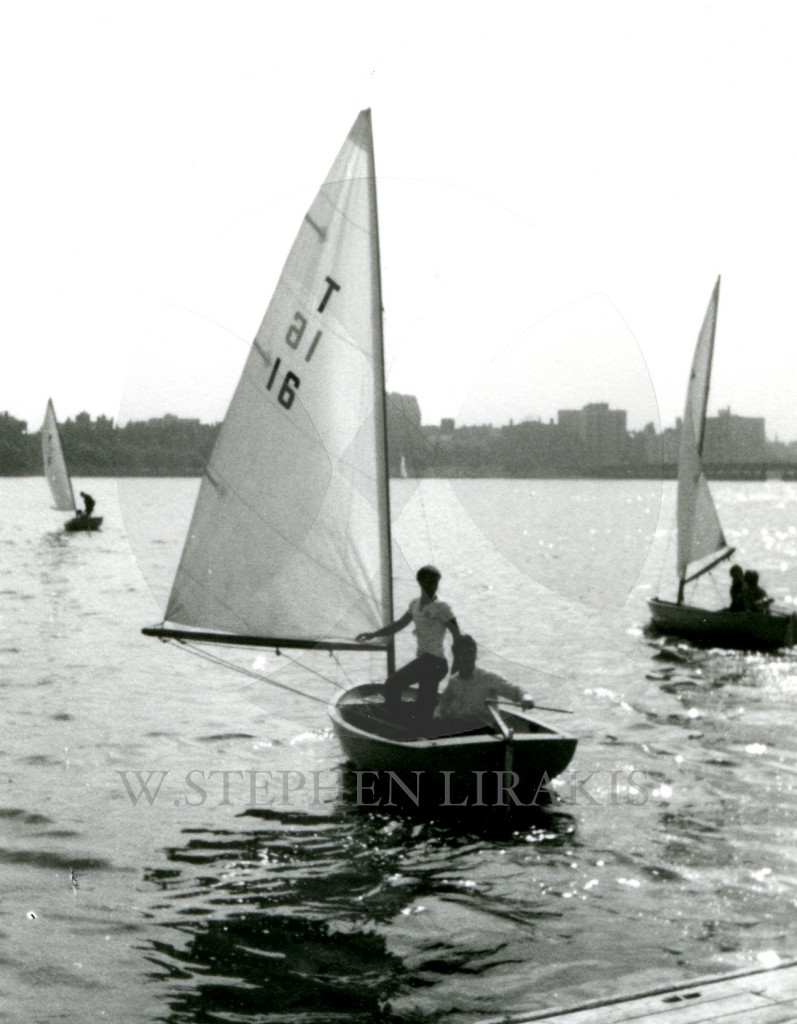
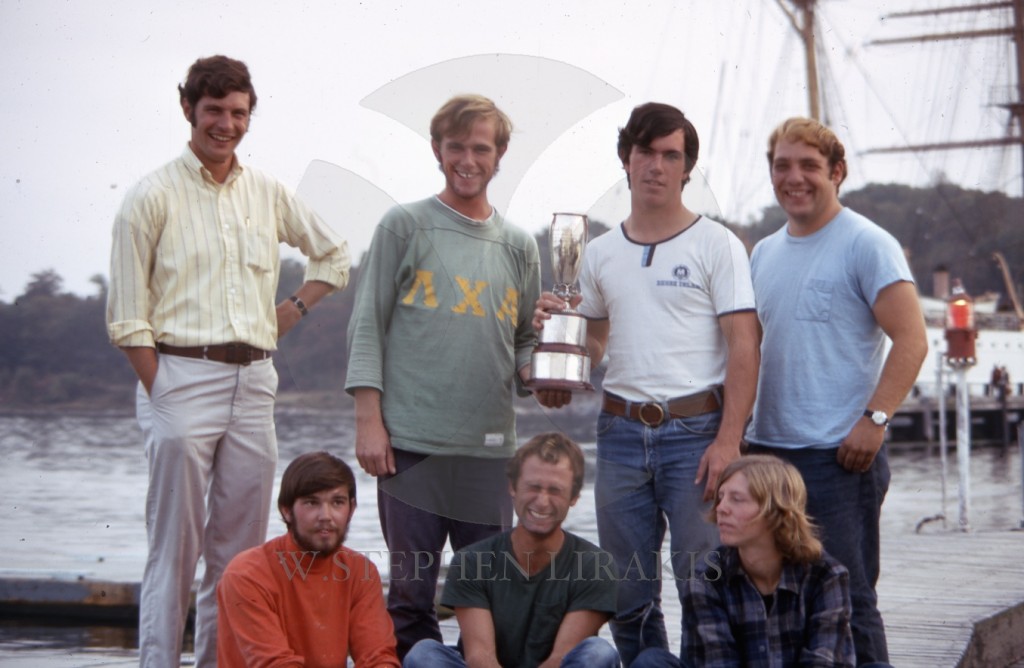
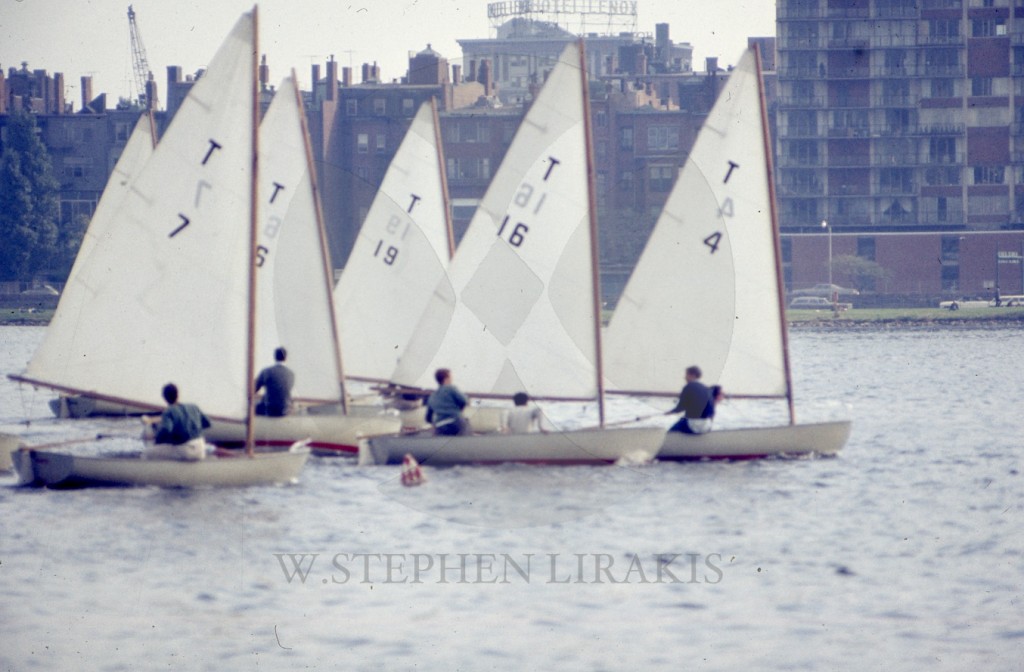
College sailing in my day was very competitive, but we had a lot of fun. I have the best memories of those years. Today’s college sailing is much more disciplined. I hope they are having as much fun and making memories.
I consider college sailing the best because it is many short races, one design, rotating boats. Your skills must be sharp.
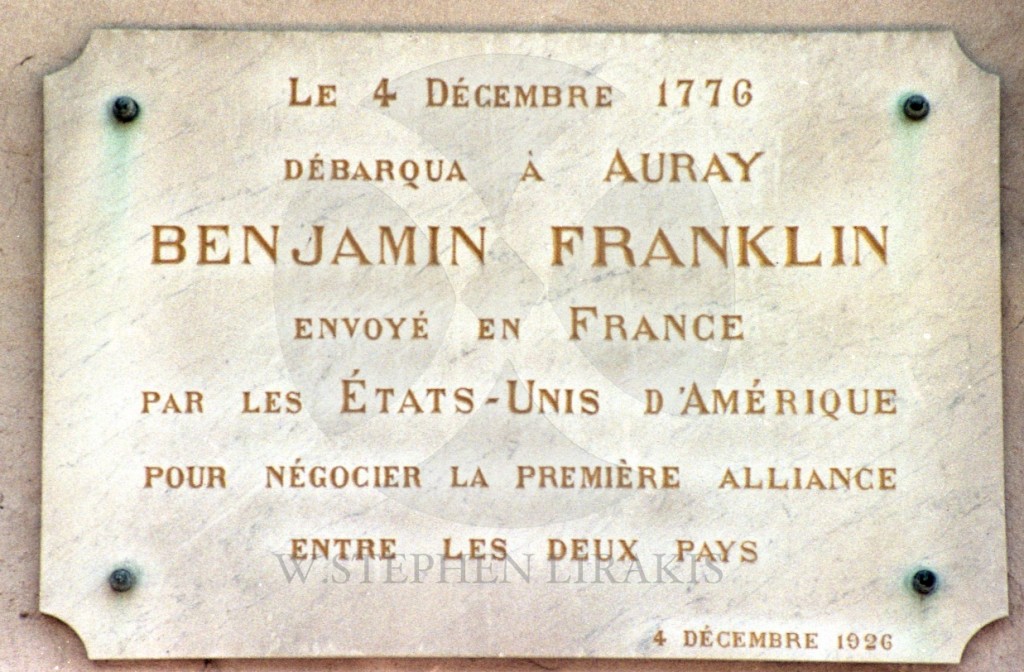
Ben Franklin was one of the most accomplished men of America. He appears to have been not just a jack of all trades, but a master of all trades. He filled his days and his social life. Rumor has it he was a great hit with the women in France.
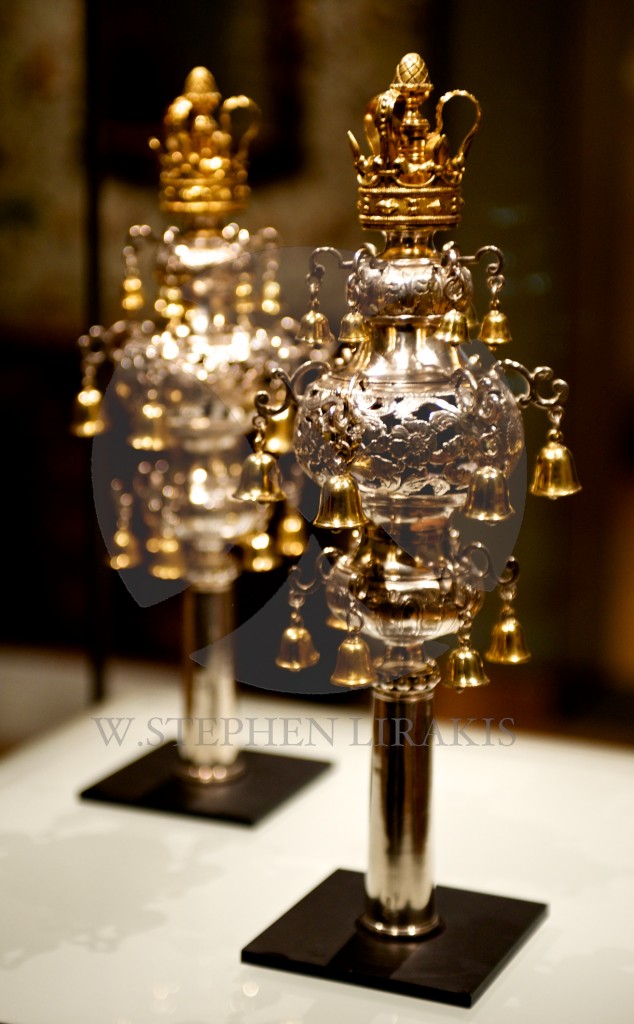
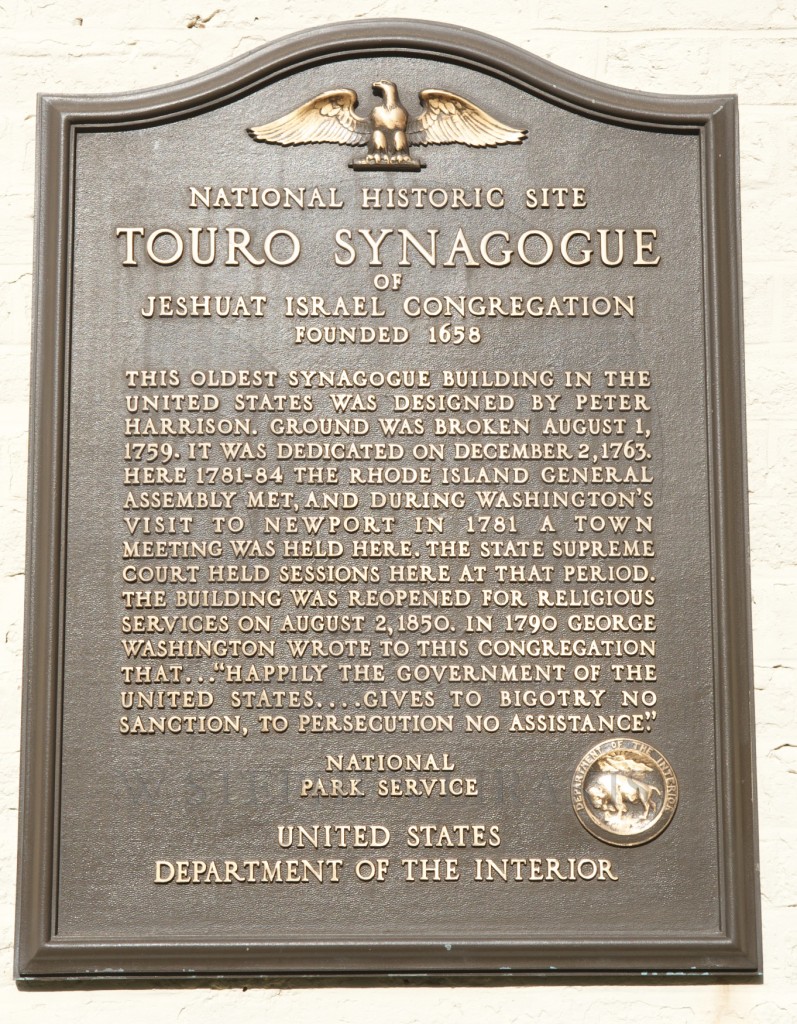
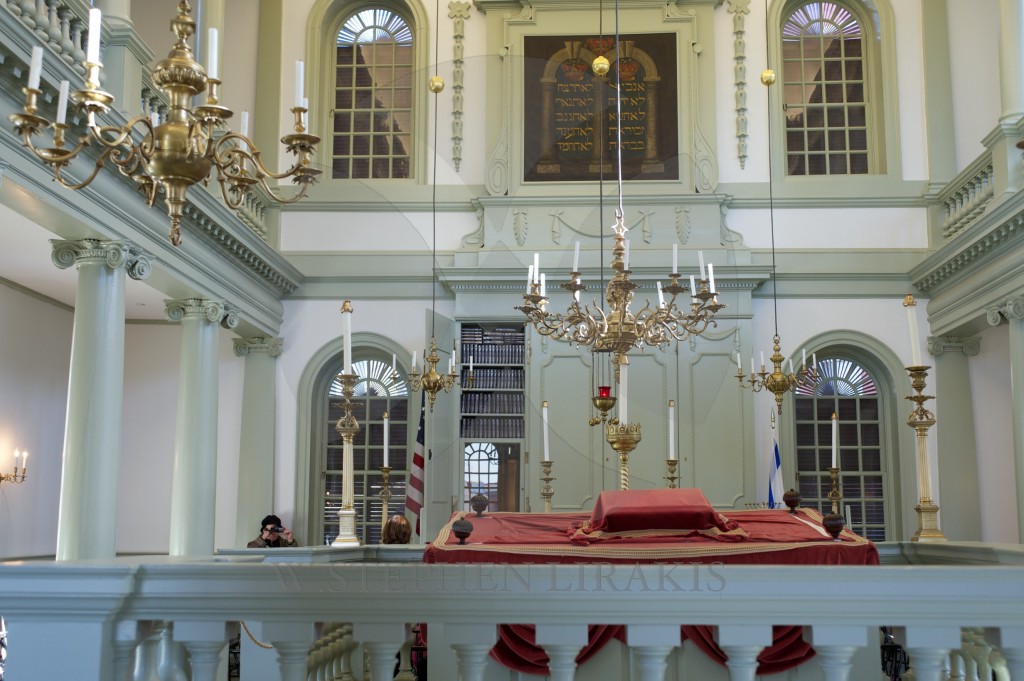
This dispute seems to have become a he said she said. A question of the intention of language in old letters?
I do not know the details. I believe the difference is whether or not the bells were a gift or a loan. They have been on extended loan and exhibit to the Boston Museum of Fine Arts; which has offered to purchase them.
JNS.org – Talks between the historic Touro Synagogue in Newport, RI, and a New York City synagogue that claims ownership over the Touro Synagogue and its artifacts broke down this week after a U.S. District Court judge declared the mediation failed, the Providence Journalreported.
According to the Providence Journal, a dispute between Congregation Jeshuat Israel, which uses the historic Touro Synagogue that was built in 1763, and New York City’s Congregation Shearith Israel, which was given the deed to the synagogue in the early 19th century when the original Jewish community left, arose over plans to sell the synagogue’s 18th-century finial bells to the Boston Museum of Fine Arts for $7.4 million. Touro Synagogue is the oldest synagogue building that is still standing in the U.S.
The bells, which were designed in the mid-1700s by Myer Myers, adorn the handles of the Torah scroll and are rung when the Torah is raised. The New York congregation opposed the sale of the bells and claims that Congregation Jeshuat Israel has violated its lease terms, which were established in the early 20th century when the Newport Jewish community was revived.
Lawyers for each of the synagogues told the Associated Press that their lawsuits would proceed now that federal mediation has failed.